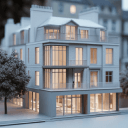3D modeling software elevates home design visuals, enabling homeowners to preview modifications before implementation. Platforms like SketchUp and AutoCAD offer comprehensive tools that architects and designers employ to craft detailed exterior home models. These tools support the incorporation of various materials and textures, ensuring a realistic representation of potential outcomes. Data from the American Institute of Architects indicates that the use of 3D modeling software in home renovation projects has surged by 60% over the past five years, highlighting its growing importance in home design.
3D modeling software streamlines the decision-making process, as homeowners can experiment with different colors, materials, and layouts in a virtual environment. This flexibility minimizes the risks associated with physical modifications, saving time and resources. A study by Houzz in 2021 revealed that projects utilizing 3D modeling were 35% more likely to stay on budget and 25% more likely to complete on schedule than those that did not, demonstrating the software’s efficiency and effectiveness in home improvement projects.
3D modeling softwares are great, but also expensive and overwhelming. Arcadium is different. It's an alternative for interior designers and home-owners seeking to enhance their home's curb appeal without the complexities and costs of professional-grade software. Unlike more technical platforms, Arcadium simplifies the creation of 3D house plans, allowing users to visualize and modify their home’s exterior quickly. This user-friendly approach ensures that even those with minimal experience in 3D modeling can achieve professional-looking results, making it an invaluable tool for improving a home’s aesthetic appeal and potential market value.
Contents:
Elevating Curb Appeal with 3D Modeling Software
How can 3D modeling software transform the facade of your home? By allowing users to visualize changes before implementing them. Homeowners can experiment with different colors, textures, and architectural elements such as windows, doors, and roofs. This technology eliminates guesswork, ensuring decisions enhance rather than detract from the home's attractiveness.
Why is adaptability crucial in elevating a home's curb appeal? 3D modeling software provides unparalleled flexibility. Users can modify designs with a few clicks, comparing various exteriors like brick versus siding or contrasting landscape options such as flower beds versus shrubs. This adaptability fosters creativity and innovation, leading to a unique and appealing home exterior.
What role does visualization play in decision-making? It offers a clear, accurate representation of potential outcomes. Homeowners can view their home in different lighting conditions, understanding how morning light or sunset affects the appearance. Such detailed previews assist in selecting the optimal design that promises beauty and harmony with the surrounding environment.
In elevating curb appeal, 3D modeling software stands superior to traditional design approaches. The precision and detail offered by digital models surpass sketches or physical mock-ups. Users achieve a more accurate depiction of the final result without the extensive time and material investment older methods demand. Consequently, the process of refining a home's exterior becomes more efficient, effective, and aligned with the homeowner's vision, showcasing a sophisticated blend of technology and design.
Key Benefits of 3D Modeling for Exterior Design
How does 3D modeling transform the visualization process? By enabling precise, detailed representations of exterior design projects before physical work begins. This software allows architects and homeowners to experiment with different materials, textures, and colors. Various components, such as windows, doors, and landscaping features, can be adjusted with a few clicks, offering a dynamic canvas to refine aesthetics and functionality.
What advantages does real-time feedback offer in exterior design? It ensures that modifications to the design are instantly visualized, facilitating a collaborative decision-making process between designers and clients. Errors are detected early, saving time and financial resources. Feedback mechanisms, including shading and lighting simulations, help in making informed choices about the placement of elements like trees, hedges, and outdoor lighting fixtures.
Why is sustainability in design more achievable with 3D modeling? The software encourages the selection of eco-friendly materials and the optimization of natural lighting and heating, contributing to a greener living environment. Solar panels, rainwater harvesting systems, and green roofs become integral, thoughtfully placed parts of the design, not afterthoughts. This leads to homes that are not only beautiful but also environmentally responsible.
In terms of flexibility and efficiency, traditional methods fall short against the innovative capabilities of 3D modeling. Design iterations require substantially less time, as digital modifications lack the physical labor and material consumption of real-world changes. The accuracy of 3D models reduces the likelihood of construction errors and material waste, distinguishing it as a superior tool for enhancing the curb appeal and sustainability of home exteriors.
Comparing Market-leading 3D Software Options
Why consider multiple 3D modeling software options for enhancing your home's curb appeal? Different tools offer unique features suitable for various aspects of design, from landscaping to structural modifications. High-performance applications provide realistic lighting effects, while user-friendly platforms may offer extensive libraries of plants and materials. Precision in detail allows homeowners and designers to visualize changes accurately before implementing them, ensuring the desired impact on curb appeal.
What sets apart one 3D modeling tool from another in terms of usability? Ease of use is critical for those without extensive experience in digital design. Some applications excel in intuitive interfaces, helping users navigate complex tools effortlessly. Tutorials and support systems further distinguish these options, guiding users through the process of creating detailed and attractive home exteriors with less frustration and more creativity.
How do software options vary in their rendering capabilities? Quality of output is paramount when it comes to visualizing home improvements. Certain programs specialize in photorealistic renders, offering shadows, reflections, and textures that mimic real-life appearances closely. Others might focus on speed, enabling quick previews that facilitate rapid iteration and decision-making. This variance allows users to prioritize either visual fidelity or efficiency, depending on their project timelines and goals.
In analyzing market-leading 3D software options, it emerges that some excel in providing a vast array of materials and objects, enhancing the richness and diversity of design possibilities. Others gain an edge with superior rendering engines, producing visuals so lifelike they blur the line between digital and reality. Speed and efficiency distinguish several tools, catering to professionals and homeowners eager to explore multiple design iterations swiftly. Each software shines in its capacity to transform home exteriors, yet the best choice hinges on the specific needs of the project, whether it be detailed visualization, ease of use, or the breadth of creative options.
Enhancing Landscaping Designs Through Visualization
Can 3D modeling software truly revolutionize how we approach landscaping design? Absolutely, it transforms abstract ideas into tangible visuals. Users create detailed landscapes, incorporating elements such as trees, shrubs, and flowers. This technology enables precise positioning, fostering a harmonious blend of natural beauty and architectural elegance.
Does this technology offer a unique advantage in selecting plant types? Indeed, it allows for experimentation with an array of flora. Gardeners can visualize deciduous trees alongside perennials, assessing their impact throughout the seasons. Such tools predict growth patterns, ensuring that today's choices don't lead to tomorrow's overcrowding or imbalance.
How does incorporating hardscape features benefit from 3D visualization? Significantly, by integrating patios, walkways, and fountains directly into the design. This software aids in crafting seamless transitions between hardscapes and softscapes, optimizing spatial arrangement. It affords designers the foresight to avoid potential clashes, promoting a cohesive outdoor environment.
Traditional methods of landscape design often rely on flat, two-dimensional drawings, limiting the ability to foresee the full impact of spatial arrangements and plant growth over time. In contrast, 3D modeling software excels by offering a dynamic, immersive experience. This approach yields a superior understanding of how different elements, whether hardscapes or softscapes, will interact within a space. It surpasses traditional methods by providing a comprehensive view that anticipates future growth, ensuring that the initial beauty of the landscape endures for years to come.
Cost Savings in Planning and Material Selection
How does 3D modeling software lead to cost savings during the planning phase? By enabling precise simulations. Architects use these tools to visualize exteriors in various styles, like contemporary or traditional, under different lighting conditions. This accuracy prevents the frequent modifications often necessary with traditional 2D blueprints, reducing the time and money spent on revisions.
Can 3D modeling software reduce expenses in material selection? Absolutely. Users assess the aesthetics and functionality of different materials, such as bricks or vinyl siding, without purchasing samples. By visualizing these materials in a virtual environment, homeowners avoid the cost of buying and discarding multiple options, streamlining the decision-making process.
Why is choosing the right materials crucial for enhancing curb appeal without overspending? Materials significantly influence a home’s appearance. Selecting the wrong textures or colors can lead to dissatisfaction and unnecessary spending on replacements. 3D modeling software showcases various options in an accurate context, ensuring satisfaction with the first choice and eliminating the need for costly changes later.
In terms of cost-effectiveness, 3D modeling software surpasses traditional planning methods by a substantial margin. The precision it offers in visualizing the end result before the initiation of physical work minimizes wastage of resources. Homeowners invest in only those materials that blend perfectly with their envisioned design, whereas manual planning often necessitates bulk purchases with a high risk of excess. This approach ensures that every dollar contributes directly to the enhancement of the home’s curb appeal, making 3D modeling an indispensable tool in modern home design.
Incorporating Environmental Elements with Precision
Why is precision in incorporating environmental elements essential? Precise integration of these elements enhances the realism of the 3D model. Trees provide shade, bushes offer privacy, and flowers add color. Integrating these components with accuracy ensures a realistic representation of how the home interacts with its surroundings. This detail aids in visualizing the true potential of a property's curb appeal before making any physical changes.
How does this precision impact the overall design process? It streamlines decision-making. By accurately incorporating environmental elements such as sunlight direction, water features, and topography, homeowners can make informed choices about landscaping and exterior modifications. This approach minimizes the risk of costly errors and maximizes the aesthetic appeal of the property.
What benefits do these precise environmental integrations offer to the homeowner? They enable personalized customization. Each tree, hedge, or flower bed can be adjusted to suit personal taste and the specific requirements of the property. This level of customization allows for a truly unique design that reflects the homeowner's personality while ensuring harmony with the natural environment.
Incorporating environmental elements with precision offers superior results over traditional methods. Traditional methods often rely on guesswork and approximation, leading to a mismatch between the envisioned design and the final outcome. On the other hand, 3D modeling software allows for exact placement of trees, precise alignment of hedges, and accurate scaling of flower beds, ensuring that the envisioned curb appeal becomes a reality. This accuracy not only enhances the aesthetic value of the home but also contributes to a more efficient and satisfying design process.
Maximizing Property Value Through Detailed Previews
Can 3D modeling software truly enhance the financial worth of your property? Absolutely, it can. Utilizing this technology, homeowners can envision potential modifications before any physical work begins. Exterior renovations, garden designs, and even the addition of outdoor features become clear, allowing for precise planning and adjustments. This process not only ensures the homeowner's satisfaction but significantly increases the likelihood of boosting the property's market value due to the well-thought-out enhancements made.
How does this technology facilitate better decision-making? By providing a detailed preview of proposed changes. Users can experiment with different colors, materials, and layouts, which eliminates the guesswork and potential for disappointment with the final result. Decisions become informed, risks are minimized, and investments in home improvement are optimized, leading to increased property values and appeal to potential buyers.
What role does feedback play in this process? A vital one. Sharing these 3D models with family, friends, or professionals allows for constructive feedback, which can further refine the design. This collaborative approach ensures that the end result is not only visually appealing but also functional and appealing to a wider audience. By incorporating diverse perspectives, the homeowner can achieve a design that truly stands out, making their property more attractive in the competitive real estate market.
In enhancing property value, detailed 3D previews stand superior to traditional 2D blueprints. These dynamic models offer a lifelike representation of potential changes, making them more engaging and easier to understand for both homeowners and potential buyers. Whereas 2D blueprints require imagination to interpret, 3D models deliver an immediate, visual grasp of the proposed enhancements, making the envisioned improvements far more tangible and appealing. This clarity and tangibility foster a stronger emotional connection, potentially translating into a higher willingness to invest in the property.
Future Trends in 3D Home Exterior Planning
Will future trends in 3D home exterior planning redefine personalization? Absolutely. Upcoming software enhancements will allow for unprecedented customization options, from selecting facade materials to designing garden layouts. Users can choose from bricks, stones, or vinyl for their exteriors, and roses, tulips, or sunflowers for their gardens. Each choice directly influences the visual appeal and functionality of the home’s appearance.
Can advancements in technology integrate environmental sustainability? Certainly. Future versions of 3D modeling software will emphasize eco-friendly designs, encouraging the use of renewable resources and native vegetation. Options like solar panels, green roofs, or rain gardens become accessible, promoting energy efficiency and biodiversity. This shift ensures homes not only look attractive but also contribute positively to the environment.
How will virtual reality (VR) and augmented reality (AR) play a role? Significantly. VR and AR technologies will offer immersive experiences, enabling homeowners to virtually walk through their designed exteriors before any physical work begins. This leap in technology bridges the gap between imagination and reality, ensuring satisfaction and reducing costly errors.
In the context of future trends, 3D home exterior planning with upcoming technologies provides greater precision than current methods. Personalization reaches new heights, environmental sustainability becomes a core principle, and immersive technologies offer a more accurate depiction of the final product. These advances present a marked evolution, ensuring both aesthetic appeal and practicality are achieved with greater ease.


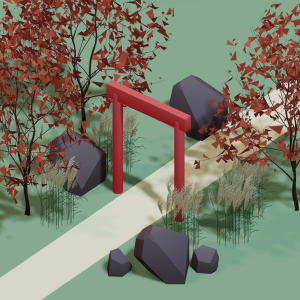 All training, tips and articles
All training, tips and articles
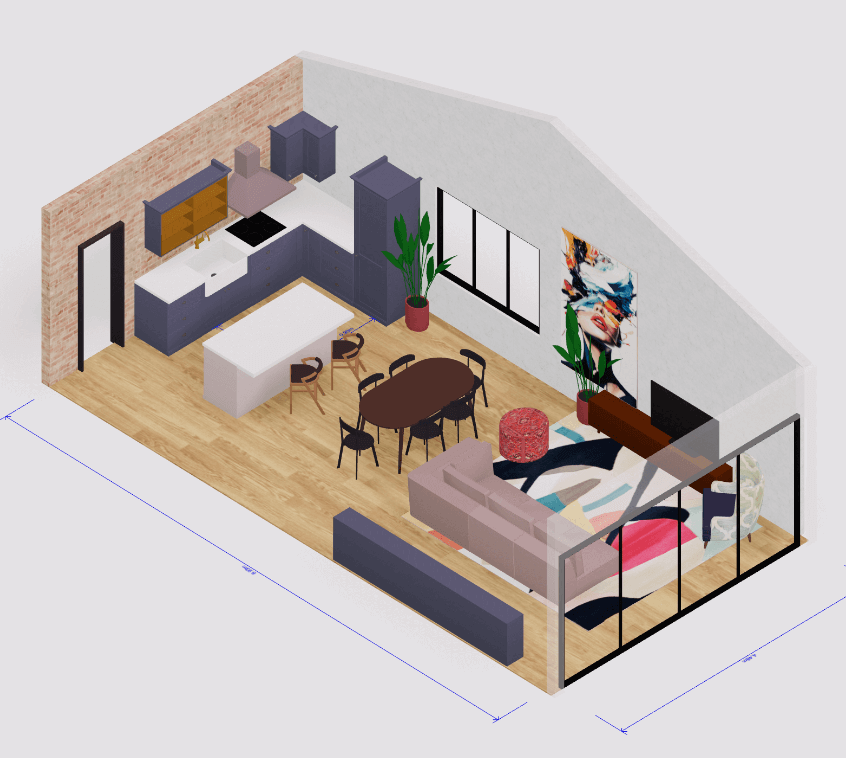 3D house design tool
3D house design tool
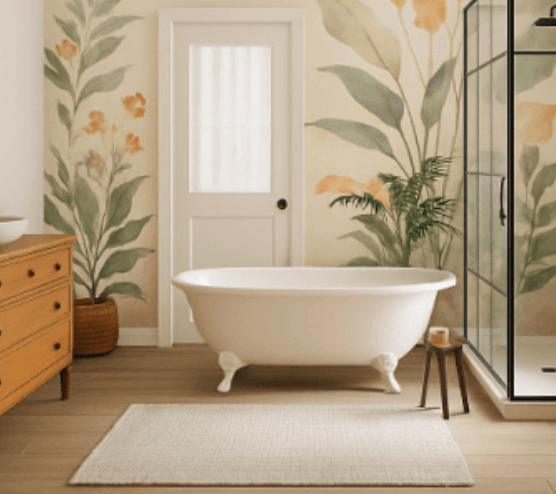
 Color palette generator
Color palette generator
 Floor plan creator
Floor plan creator
 Interior design app
Interior design app
 Kitchen design tool
Kitchen design tool
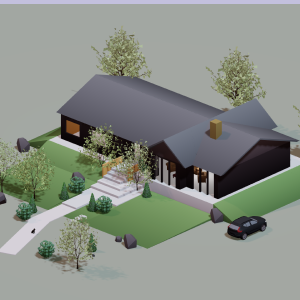 House design software
House design software
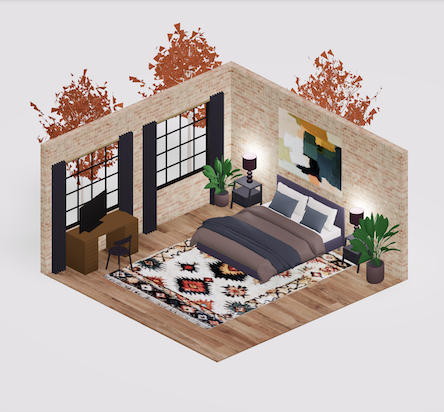 Room designer
Room designer
 Landscape design software
Landscape design software
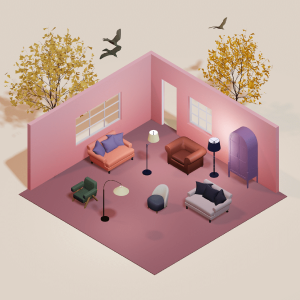 Bedroom design
Bedroom design
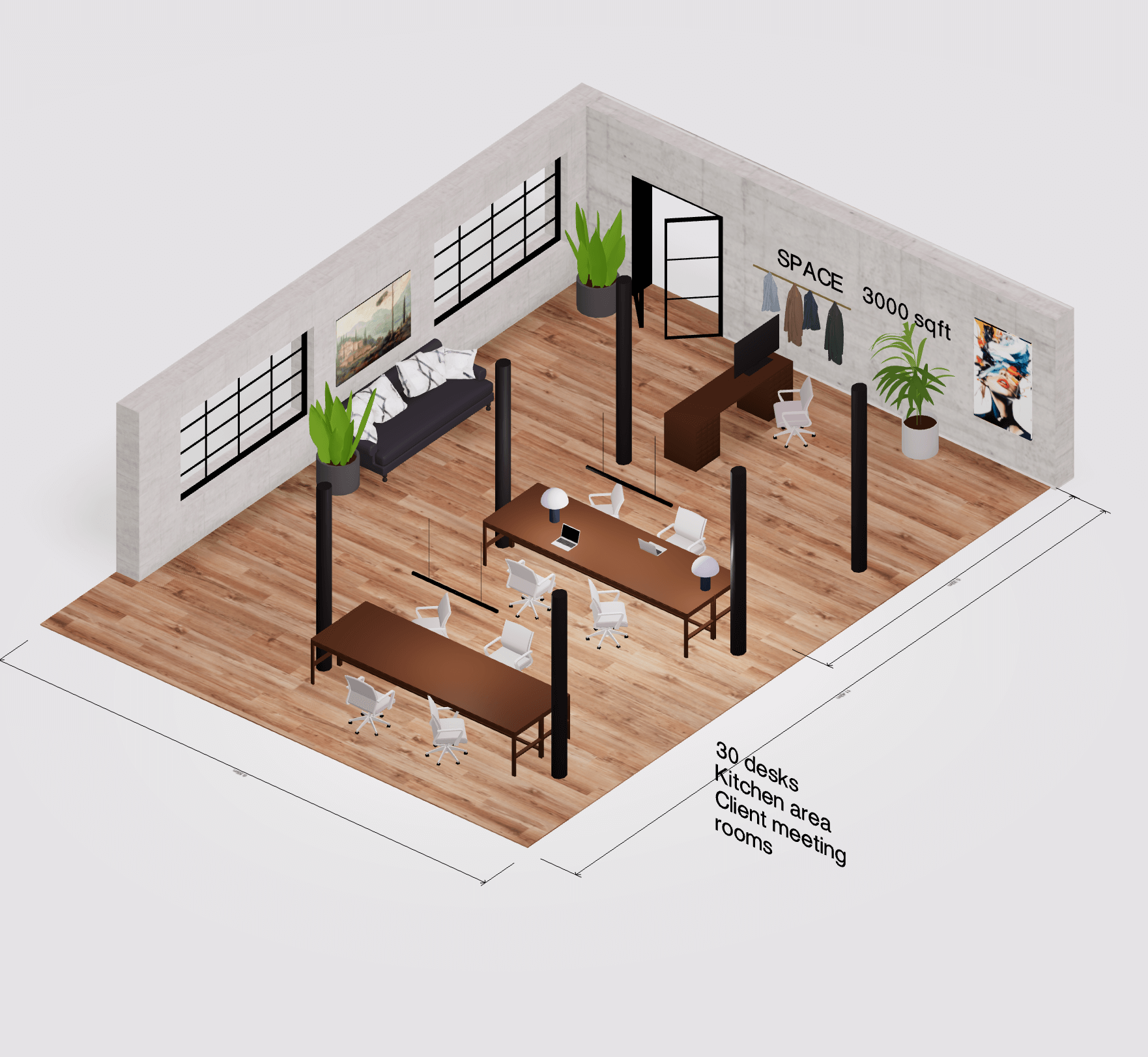 Office floor plan creator
Office floor plan creator




